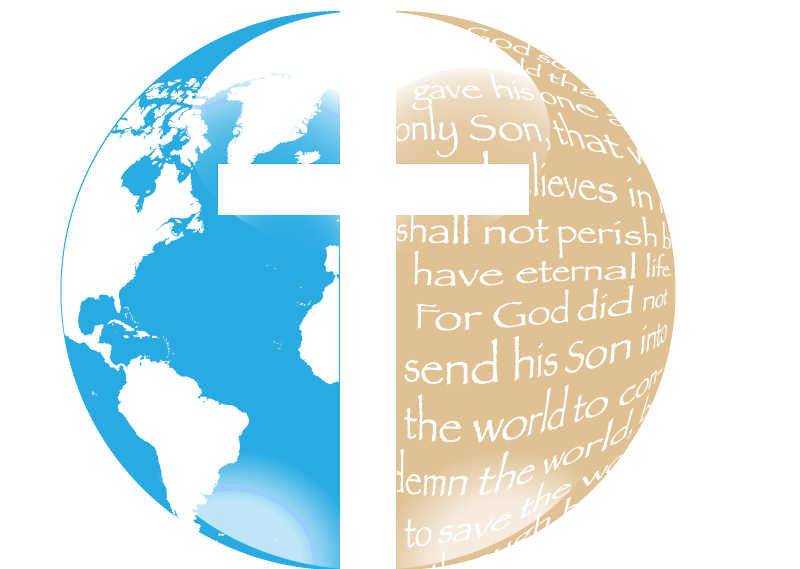Access to God
- Isaac De Guzman
- Aug 17, 2021
- 3 min read
That first covenant between God and Israel had regulations for worship and a place of worship here on earth. There were two rooms in that Tabernacle. In the first room were a lampstand, a table, and sacred loaves of bread on the table. This room was called the Holy Place. Then there was a curtain, and behind the curtain was the second room called the Most Holy Place...only the high priest ever entered the Most Holy Place, and only once a year. And he always offered blood for his own sins and for the sins the people had committed in ignorance. By these regulations the Holy Spirit revealed that the entrance to the Most Holy Place was not freely open as long as the Tabernacle and the system it represented were still in use. This is an illustration pointing to the present time. For the gifts and sacrifices that the priests offer are not able to cleanse the consciences of the people who bring them. For that old system deals only with food and drink and various cleansing ceremonies—physical regulations that were in effect only until a better system could be established. Hebrews 9:1-10 NLT
It is important to know that we have access to God for we desperately need His acceptance. God provided a means in the past on how people in the old covenant could approach Him when they have committed sin. From the text, the old tabernacle was described. The descriptions of the components of the tabernacle had shown that these are all temporary. Israel’s tabernacle was situated geographically with all the tribes camped around it. Briefly, the writer of Hebrews described the two rooms important in the sacrificial system. The priests regularly do their ministry by coming to the first room called the Holy Place. Daily, they will light the lampstand and replace the loaves on Sabbath. While in this room, the priest will burn the incense placed on the golden altar (see Exodus 30). The second room, the Most Holy Place, can only be accessed by the high priest and he could only enter on the Day of Atonement. He will enter the room twice. The first time he enters, he will offer a sacrifice for his sin and the second time will be to offer for sins of the people. The people have no direct access to God when they go to the Tabernacle. The elements used in the Tabernacle point to the coming of the Lord Jesus Christ. The loaves represent Christ’s declaration after He fed the multitude that He is the bread of life (see John 6:35). The blood of the animal that was sacrificed represents the shedding of the blood of Jesus Christ at the cross. “He is so rich in kindness and grace that he purchased our freedom with the blood of his Son and forgave our sins” (Ephesians 1:7). The writer of Hebrews highlighted the limitation of access to God by the people. He also had shown how incomplete the sacrifice was for it has to be repeated regularly. Unlike the sacrifice made by Jesus at the cross which was complete and final. All the ceremonies and regulations done by the people in the past were used only to provide temporary remedy. At its best, they are superficial for they could not provide permanent solution to humanities’ need for forgiveness which Jesus obtained through His death at the cross. When we are far removed in obtaining a free access to God, our souls will never be freed from the guilt of sin and our consciences will never rest easily. This is why we have to be grateful for what Christ had accomplished. “For you know that God paid a ransom to save you from the empty life you inherited from your ancestors. And it was not paid with mere gold or silver, which lose their value. It was the precious blood of Christ, the sinless, spotless Lamb of God” (1 Peter 1:18-19).
Blessings,





Comments